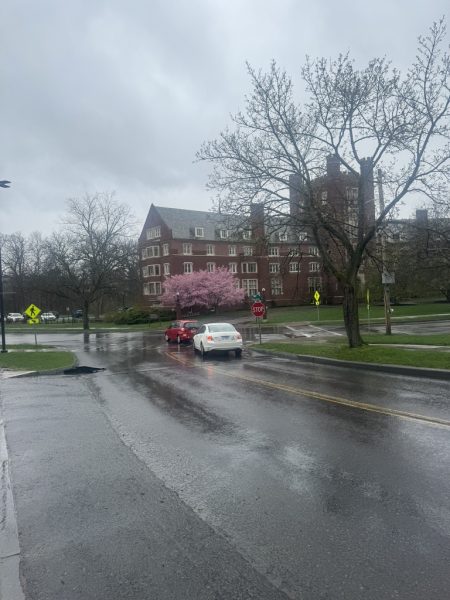Daylight Savings
Some of the most dreaded times of the year include: final exams, Festivus when one receives the complaints (if you’re not sure when that is, watch Seinfeld), trips to the dentist (especially if your teeth are in poor shape), and Mercury being in retrograde (for those into astrology). And, of course there is Spring Forward (the annual shift of one hour forward), which remains an annoying and detrimental yearly occasion. And it seems that the US government is finally realizing it is time to get rid of Daylight Savings once and for all.
According to “Here’s when and why daylight saving time started in the US” by Kathleen Elkins of cnbc.com, Daylight Savings has a rich history. It was first proposed by none other than Benjamin Franklin in a 1784 essay titled “An Economical Project.” However, it was not until just before the turn of the century in New Zealand that entomologist George Hudson suggested a two-hour time shift. Surprisingly, this was purely because he wanted more time to go bug-hunting after work in the summer. During World War I, the notion became national law, and after the conflict, National Daylight Savings ended with states left to their own decision of whether they wanted to continue with it. After WWII, another resurgence culminated in the Uniform Time Act. This officially made Daylight Savings into national law in 1966, and it has been since. Two states (Hawaii and most of Arizona) have opted out to observe standard time with special permission.
On March 15, 2022, The United States Senate passed legislation to end Daylight Savings starting in 2023, under the Sunshine Protection Act. Oddly, this bill includes that the United States will constantly be stuck in daylight savings time, one hour ahead of what is considered standard time. In other words, if this passes, this last fall back will be the last fall back ever, at least until the law changes. However, there is still one more spring forward to come. The House also still has to approve the bill before it can be passed on to the President. Additionally, nineteen states have already acted to try and switch to permanent daylight savings time (although New York is not on this list).
Part of the reason that actions have been taken to abolish Daylight Savings is because there are also health issues associated with the tradition. According to “U.S. Congress Split on Making Daylight-Saving Time Permanent” by David Shepardson from Reuters.com, not getting enough sleep can increase the likelihood of getting a heart attack or stroke. The chance of someone catching a cold increases, and car accidents are more frequent.
Still, the question persists: Is it more sensible to switch to daylight savings or standard time? Hawaii, most of Arizona, American Samoa, Guam, Puerto Rico, and the Virgin Islands already are in permanent standard time; therefore, it is logical to stay that way. Those opposed could say that given the speed of congressional processes, it may mean daylight savings overall could end faster as the bill probably will not be enacted until after spring forward 2023. This may be somewhat short-sighted, and most people do not dislike the fall back, so one more will not hurt. In the end it is a matter of personal preference, but there is a reason standard time was deemed “standard.” Does it make sense to separate ourselves into a different time from the rest of the world?
Hudson Brenner is a co-features editor. His password is the last 8 digits of pi, although he is contemplating changing it to the next 16 to accommodate...







